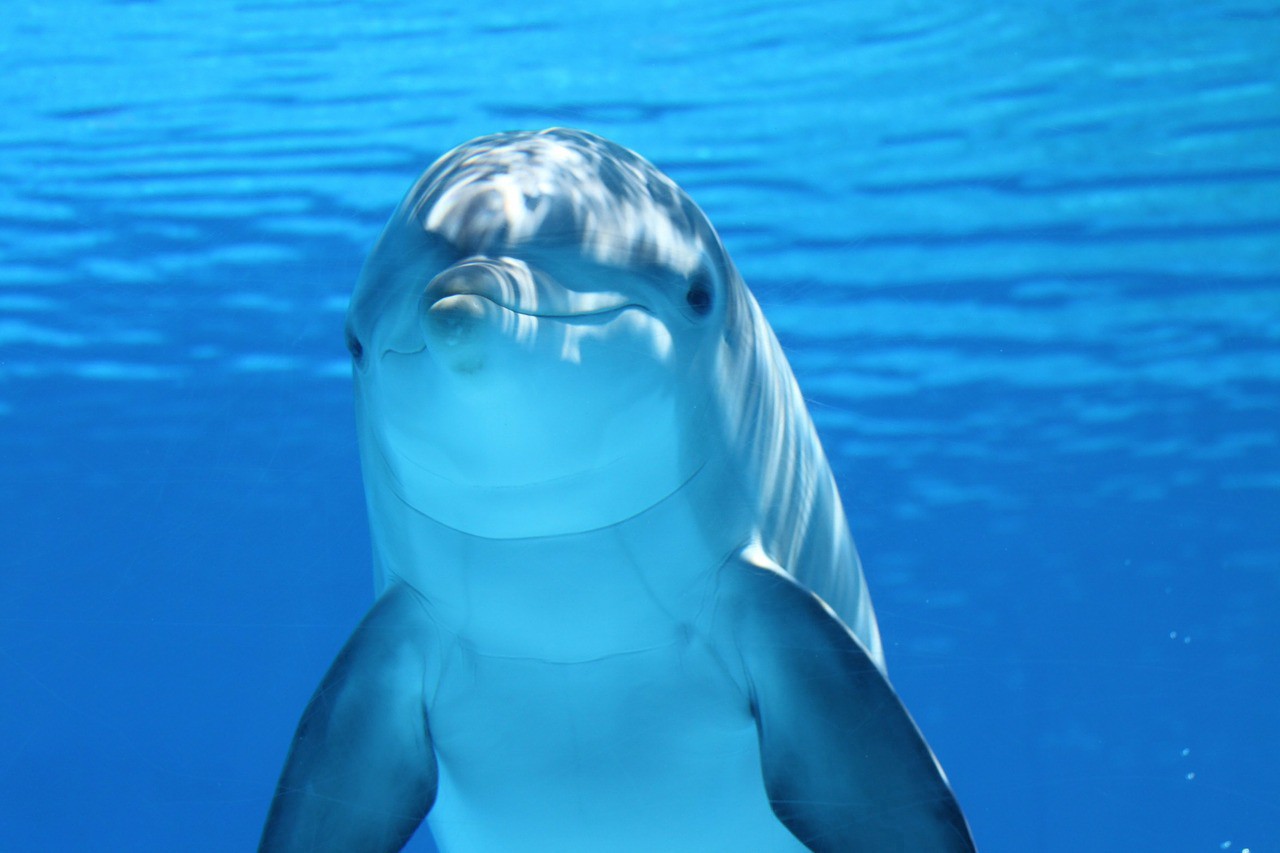Dolphin Language Could Be Translated Using Artificial Intelligence

There have been quite a few articles about Swedish startup Gavagai AB lately. The language technology company is marketing its solutions for insight, analytics and markets research — all based on Artificial Intelligence. The AI has already mastered more than 40 human languages and the company is now looking for a more exotic kind of challenge.
Using an analysis software tool to analyze text is one thing, but trying to become a leading candidate for a Star Trek inspired Translator by learning the language of marine mammals is another dimension. Yes, that’s correct, Dolphins are next on the list in an attempt to show that the implications of having such an AI at our disposal reach as deep as the ocean and as far as space exploration might ever take us.
In a concerted effort to tackle and decipher the mysterious language of dolphins, Gavagai AB is getting a little help from friends located at the KTH Royal Institute of Technology.
Of course, there are many questions about the proposed language of dolphins and scientists like Dr. Denise Herzing still consider the communication patterns to be a wild mix of acoustic, gestural and abstract concepts that can only be understood by aggregating far more data.
So, Gavagai’s new formed team needs to be precise and listen carefully to the bottlenose dolphins they plan to monitor in a wildlife park. The AI’s language analysis technology will be put up to a complex test once it tries to decode the sounds of dolphins.
Nevertheless, the team is upbeat and confident that the capabilities of the system will be well enough to decipher what Flipper and his fellow Dolphins plan for lunch.
In an interview with Bloomberg, Jussi Karlgren, KTH professor and Gavagai co-founder said that:
“We hope to be able to understand dolphins with the help of artificial intelligence technology […] We know that dolphins have a complex communication system, but we don’t know what they are talking about yet.”
However, Gavagai’s system doesn’t seem to be the only one that could master the language of dolphins. A couple of months ago, the St. Petersburg Polytechnical University Journal: Physics and Mathematics featured a new study of acoustic signals and the supposed spoken language of the dolphins. Whereas the reception of the paper remains mostly critical, the study itself shows interesting aspects that definitely could profit from the advanced AI algorithm Gavagai created.
AI is pushing forward and no matter how we slice and dice it, its capabilities, even in these early stages, seem to be far-reaching and promising. Companies like Gavagai could finally help humanity understand the languages of nature in order to find better ways to interact and preserve what we inherited.
Really good tip!
The science of today is the technology of tomorrow.